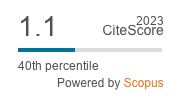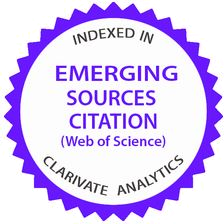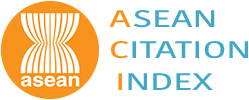Malaysian Journal of Mathematical Sciences, March 2025, Vol. 19, No. 1
Flipped Classrooms in Higher Education: A Meta-Analysis of Their Impact on Mathematics Performance
Haziki, N. H., Abdullah, A. H., and Hamzah, M. H.
Corresponding Email: [email protected]
Received date: 27 June 2024
Accepted date: 2 October 2024
Abstract:
This study aims to identify the impact of flipped classrooms on students' performance in mathematics at higher levels of education, including universities and colleges. The flipped classroom is classified as blended learning, in which the content of a subject is delivered through both face-to-face classroom activities and online learning. Blended learning, also known as hybrid learning, focuses on a mixed-mode type of education in which the medium of instruction is delivered with technology integration. Numerous studies have been conducted to compare the efficiency of traditional learning methods versus the flipped classroom in terms of how well students learn mathematics. The Preferred Reporting Items for Systematic Reviews and Meta-Analysis (PRISMA) guidelines have been referred to in conducting this study. A total of $25$ selected studies were searched through Scopus, ScienceDirect, and the Web of Science (WoS) database from $2017$ to $2023$. Moreover, Jefreys' Amazing Statistical Programme (JASP) version 0.17.1.0 has been utilised to analyse the data collected from the previous studies. The findings suggest that the average effect size using a random-effects model was (Cohen's $d = 0.474$; $p < 0.001$), demonstrating a medium effect size that is statistically significant.
Keywords: flipped classroom; blended learning; mathematics education; higher education; meta-analysis; effect sizes









